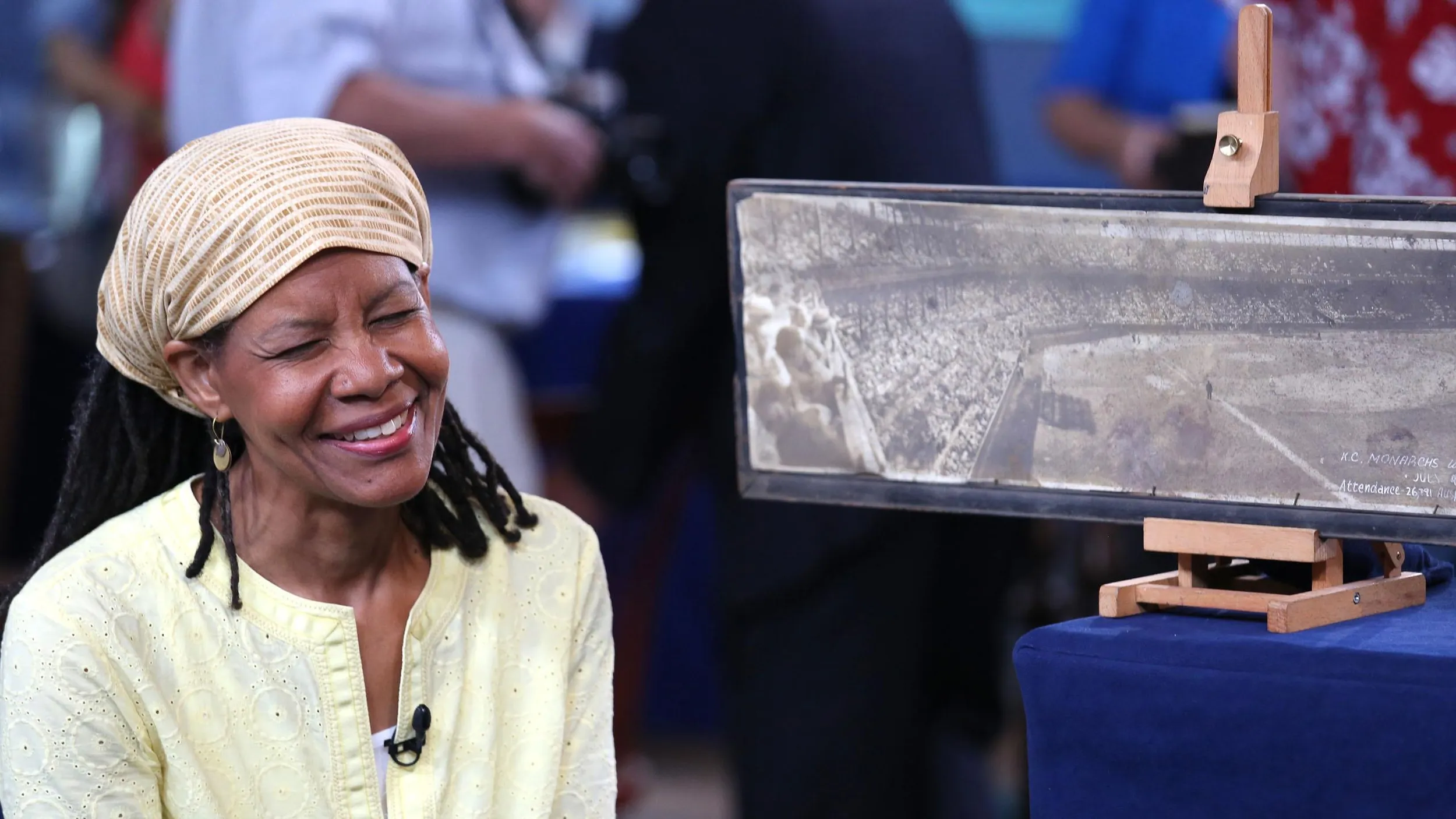GUEST: My parents bought me it as a gift when I was 13. I asked for one and asked for one and asked for one, and they finally said, "Okay."
APPRAISER: Do you remember what they paid for it?
GUEST: I believe it was $1,800 back in 1995.
APPRAISER: Okay, and what can you tell me about the maker? What have you learned over the years?
GUEST: I know it's made by, I believe it's Robert Glier, and he was born in Germany, but then had a violin shop in Cincinnati, which is where it was made. It was made in 1914, and it says it's a number one. (laughing) I don't know exactly what that means.
APPRAISER: Well, Robert Glier-- I say "Gleer," but I'm not sure if that's right, either…
GUEST: I never knew how it was pronounced.
APPRAISER: …was one of the first American makers to be really strongly promoted by the Rudolph Wurlitzer Company of Cincinnati. And we know that name, Wurlitzer…
GUEST: Yes!
APPRAISER: …because they were a big music shop. Robert Glier's family dates back to 1632...
GUEST: Oh, my gosh.
APPRAISER: ...in terms of being violin makers. Now, the number one that's on the label means that this was his top quality.
GUEST: Oh, wow.
APPRAISER: So this is the select wood, the purest tone. This was top of the heap for the world of Robert Glier's production. I think that we're looking at a violin that's $10,000 to $12,000 in the retail world.
GUEST: Oh, my goodness!
APPRAISER: And represents an important part of American history.
GUEST: Wow, that's amazing.











